Designing a small living room can be a challenge, but with the right strategies, you can make the most of every square inch while maintaining style and comfort.
Here are some practical and creative ideas to transform your small living room into a cozy and functional space.
1. Use Light Colors

Light colors are essential in creating a spacious and airy atmosphere in any room. By reflecting more natural and artificial light, shades like whites, creams, pastels, and soft grays can make a room feel larger than it actually is.
Unlike darker tones, which tend to absorb light and create a more enclosed feeling, light colors enhance the openness of a space.
Whether on walls, furniture, or accessories, using a light color palette helps create a clean, fresh look that visually expands the room.
2. Opt for Multi-Functional Furniture
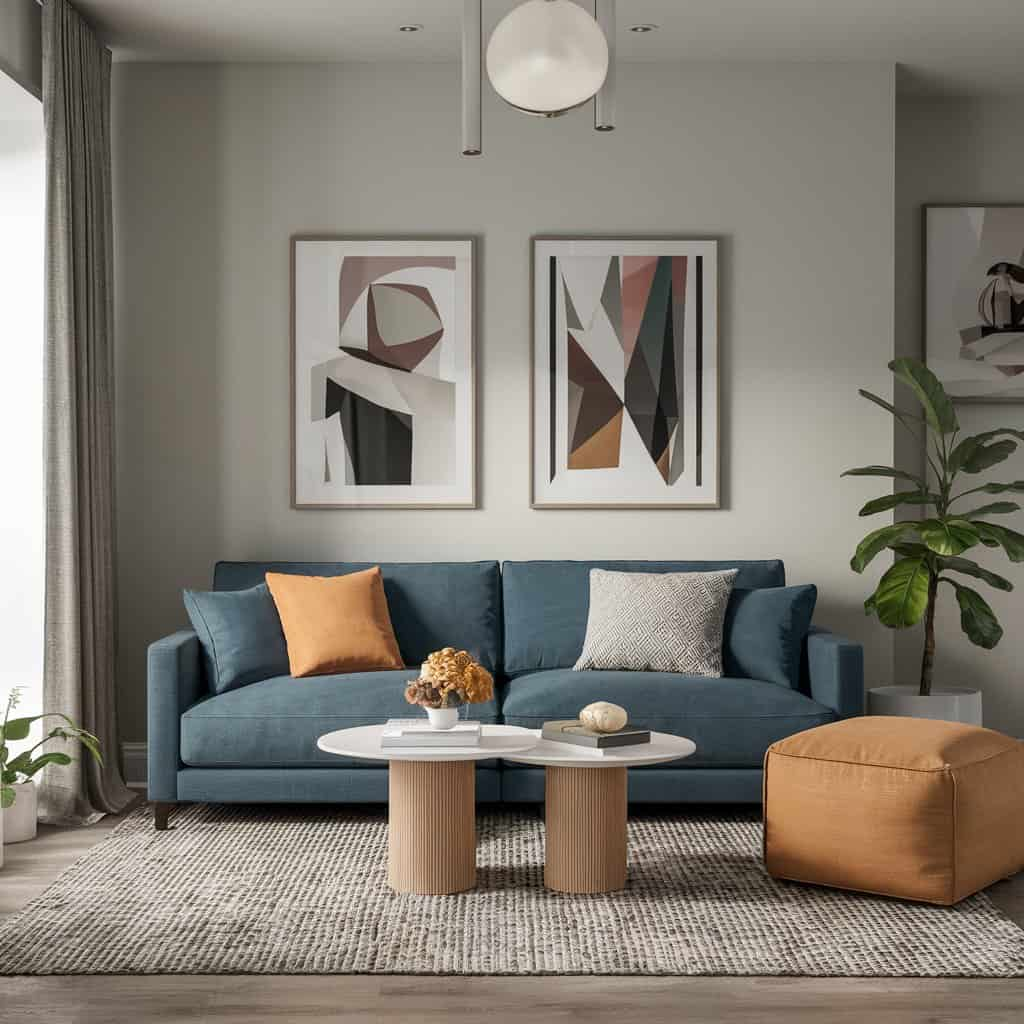
In small spaces, every piece of furniture should work hard to maximize functionality. Multi-functional furniture, such as a sofa bed, an ottoman with storage, or a dining table that doubles as a desk, allows you to make the most out of limited square footage.
These pieces reduce the need for additional furniture, thereby minimizing clutter and keeping the space more organized.
The versatility of multi-functional furniture is a game-changer in making a room both practical and efficient without compromising on style.
3. Maximize Vertical Space
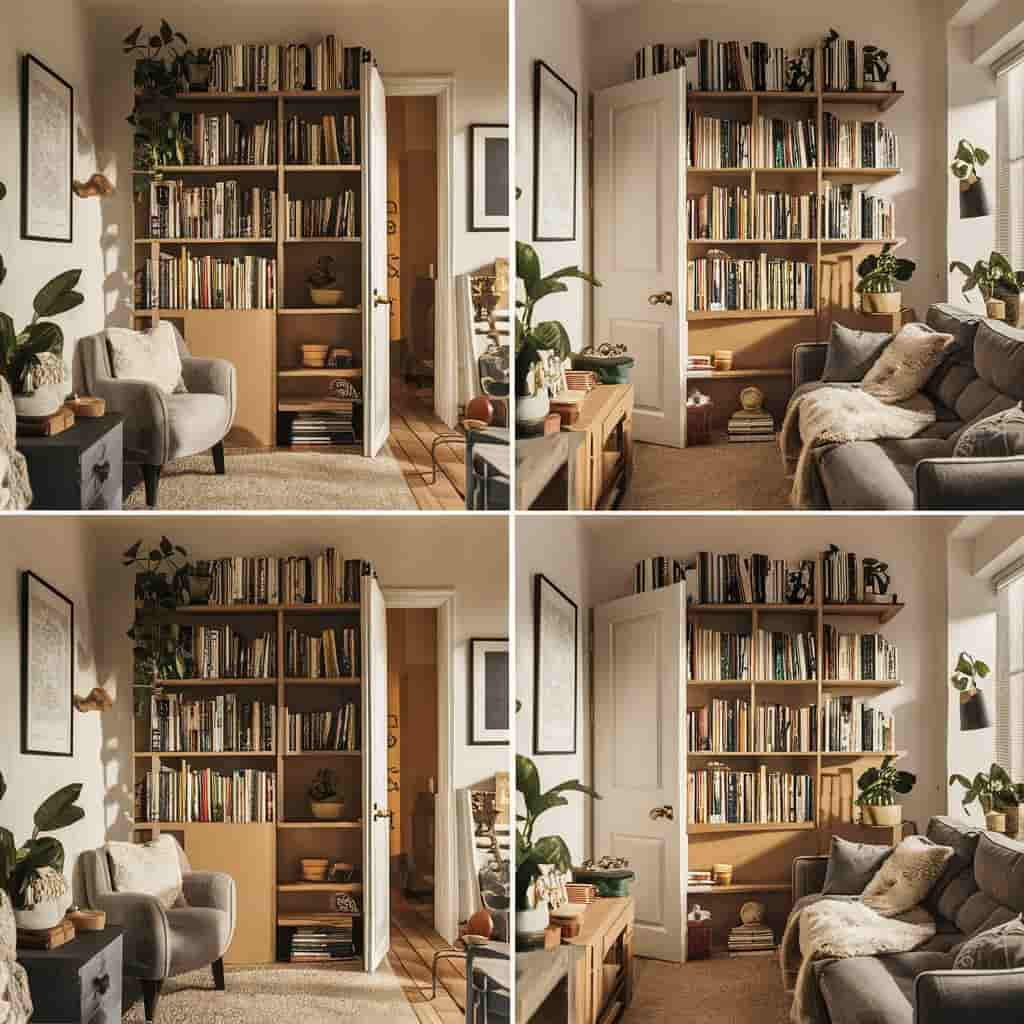
Maximizing vertical space is a clever way to make the most out of any room, especially when floor space is at a premium. Tall bookshelves, wall-mounted cabinets, or even hanging plants draw the eye upwards and make the ceiling feel higher.
This not only frees up valuable floor space but also adds visual interest to the room. By thinking vertically, you can increase storage and display areas without crowding the room, thereby enhancing its overall sense of spaciousness.
4. Choose Slim and Compact Furniture
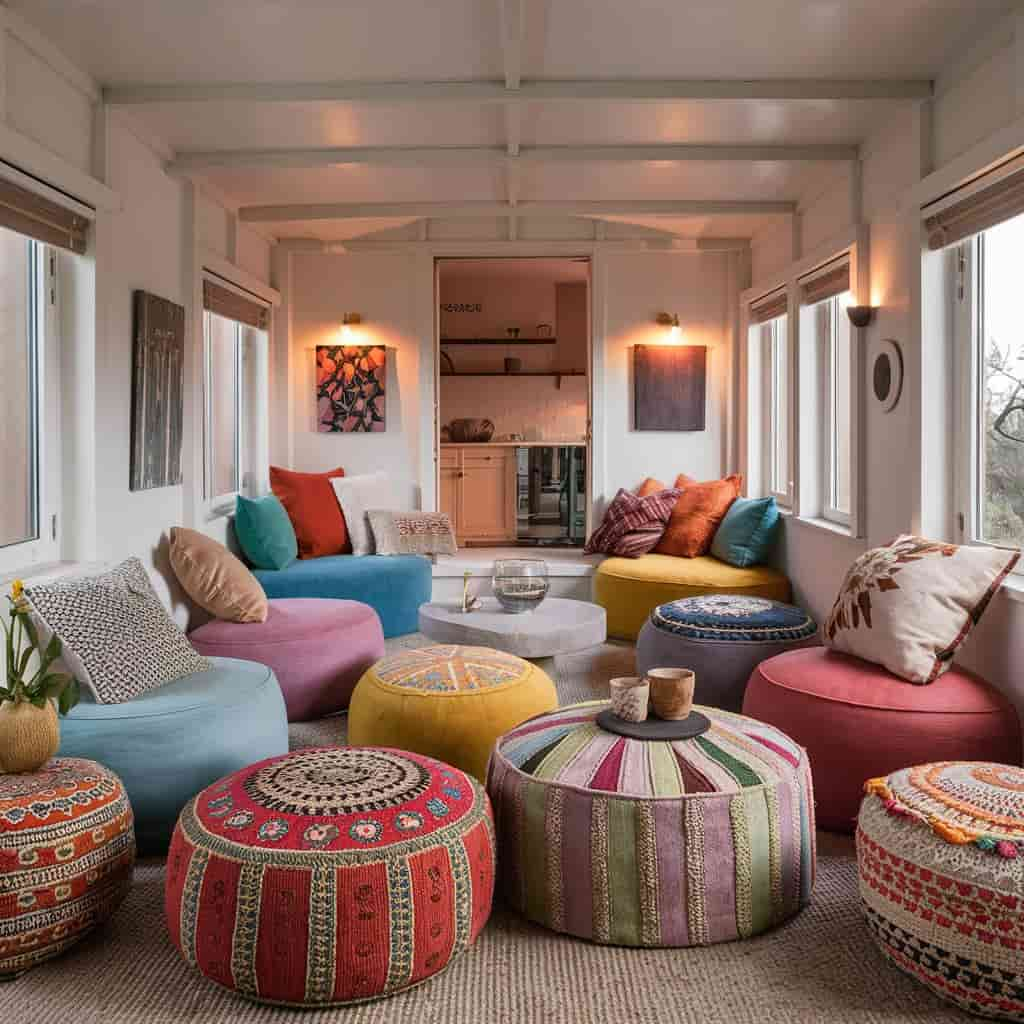
Selecting slim and compact furniture is key to maintaining an open and airy feel in a room. Pieces with clean lines, minimal bulk, and smaller footprints can make a significant difference in how spacious a room feels.
For example, opting for a slender dining table or a sleek sofa with exposed legs can create a sense of openness, as opposed to heavy, oversized furniture that dominates the space.
Slim furniture not only fits better in smaller areas but also contributes to a more modern and uncluttered look.
5. Incorporate Mirrors
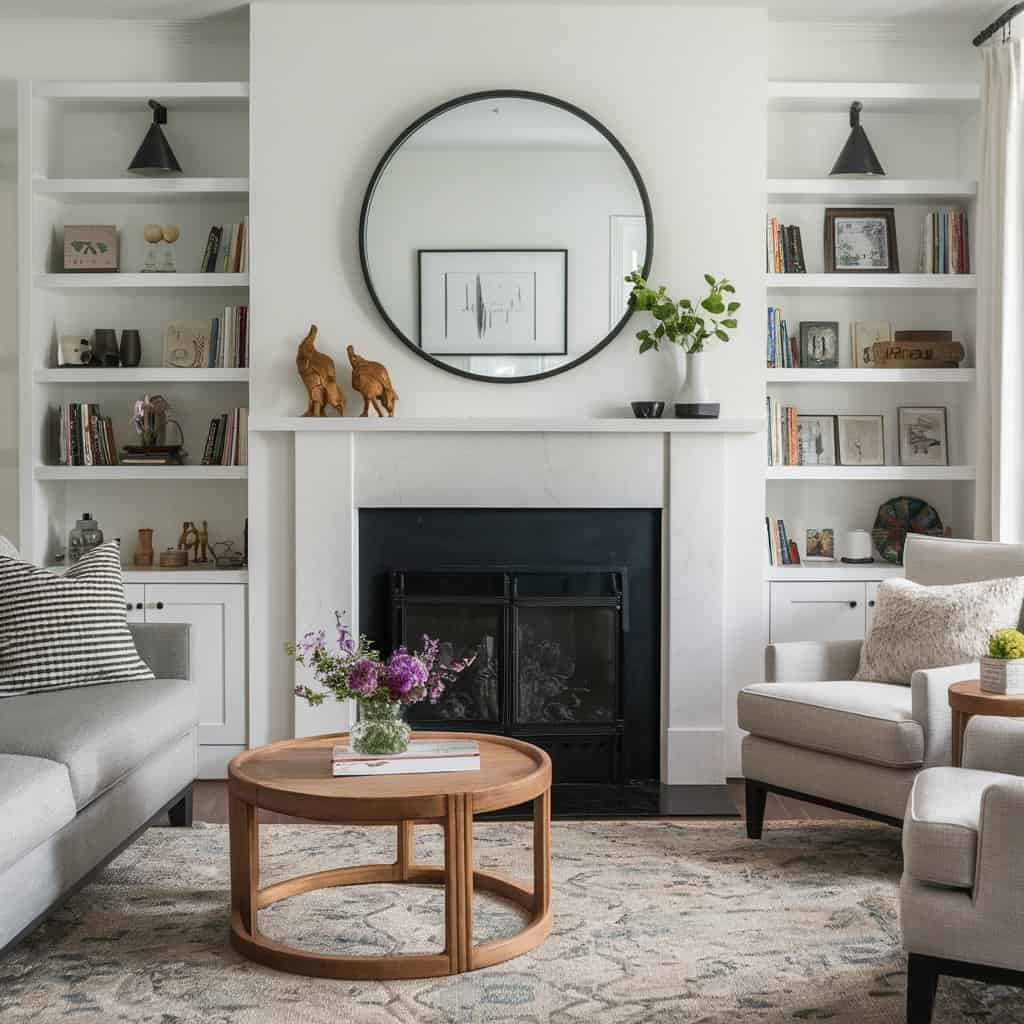
Mirrors are one of the most effective tools in the design arsenal for creating the illusion of more space. By reflecting light and surrounding views, mirrors can double the perceived size of a room.
Strategically placing mirrors across from windows or near light sources amplifies natural light and adds depth to the space.
Whether through a large statement mirror or a series of smaller ones, incorporating mirrors into your design helps open up the room, making it feel brighter and more expansive.
6. Create a Focal Point
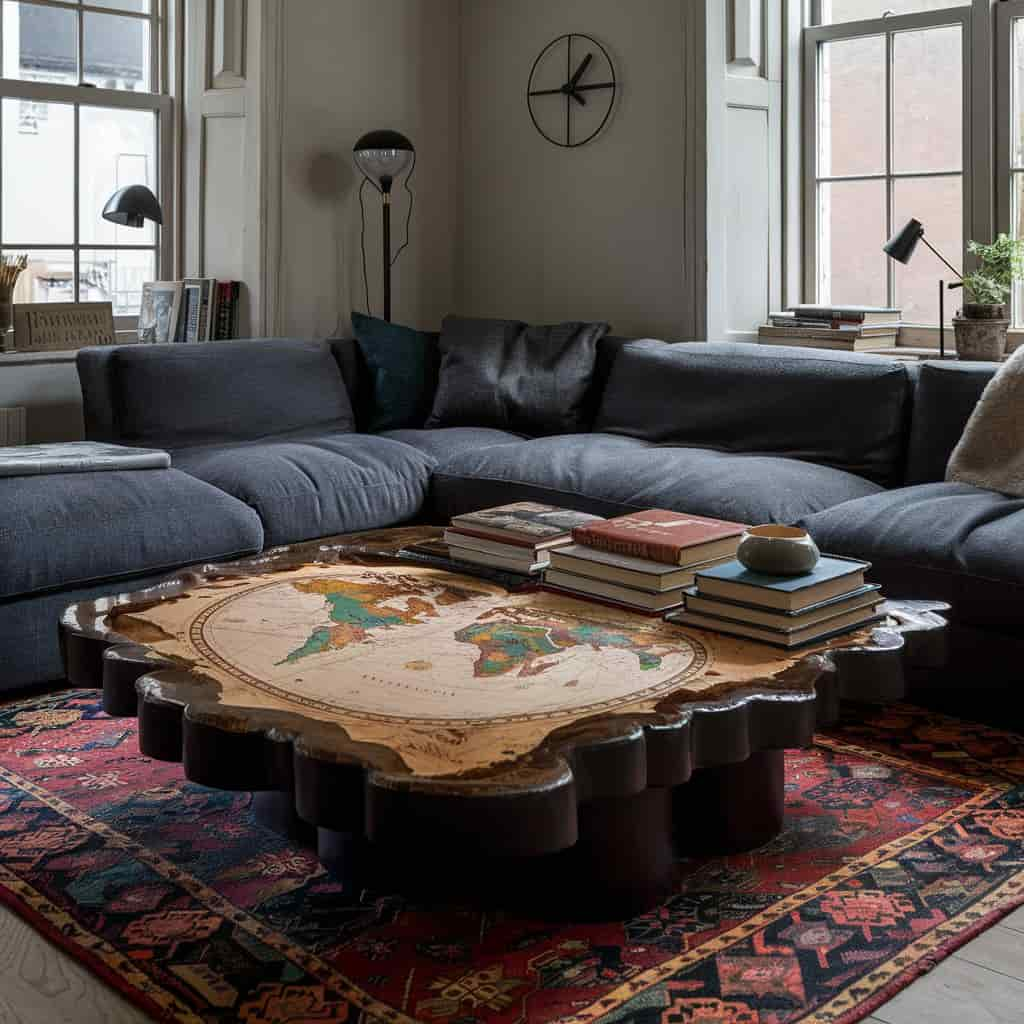
Creating a focal point in a room is a powerful way to draw the eye and establish a sense of order in the space. A focal point can be anything from a bold piece of art, a striking piece of furniture, a feature wall, or even a fireplace.
By giving the room a clear point of interest, you anchor the design and provide a visual guide that naturally organizes the surrounding elements.
A well-chosen focal point not only enhances the aesthetic appeal of the room but also contributes to a cohesive and intentional design.
7. Use Rugs to Define Areas

Rugs are an excellent tool for defining different areas within a room, especially in open-concept spaces or larger rooms that serve multiple functions.
By placing rugs under furniture groupings, such as a seating area or dining space, you create distinct zones that add structure and clarity to the layout. Rugs also bring warmth, texture, and color to a room, making it feel more inviting and cohesive.
The right rug can tie together the elements of a room and visually separate different functional areas without the need for physical barriers.
8. Keep the Decor Minimal
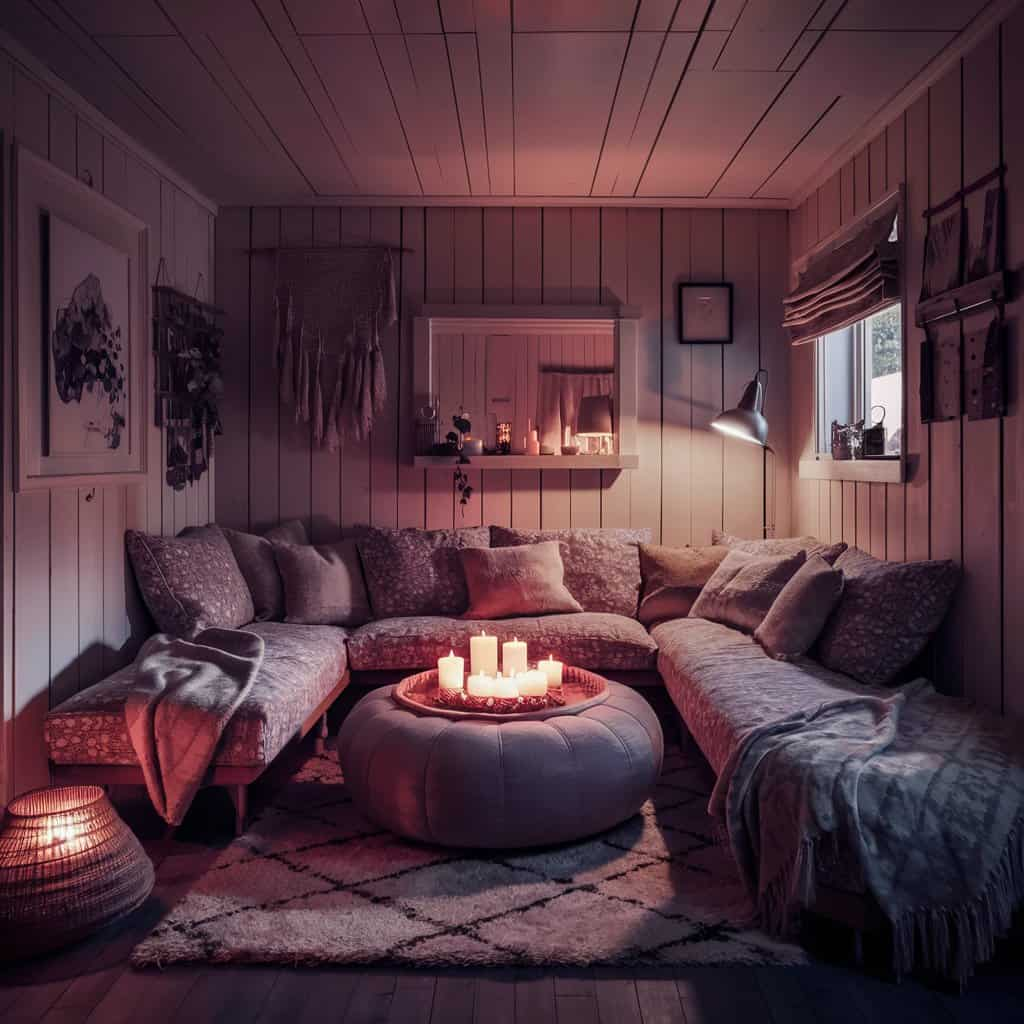
Minimal decor is key to maintaining a clean, uncluttered, and spacious feel in any room. By focusing on a few carefully chosen pieces, you avoid overwhelming the space and ensure that each item contributes to the overall design.
This approach allows the room’s features, furniture, and focal points to shine without competing for attention.
Minimal decor also helps create a serene and calming atmosphere, making the room feel more open and airy. The “less is more” philosophy is particularly effective in smaller spaces, where every piece needs to count.
9. Embrace Natural Light

Natural light is a vital element in creating a welcoming and spacious atmosphere in a room. Embracing natural light means maximizing the amount of daylight that enters the space by using large windows, sheer curtains, or strategically placed mirrors to reflect light.
Natural light enhances the colors and textures in a room, making it feel brighter and more alive. It also contributes to a sense of well-being and connection to the outdoors.
When natural light is abundant, the need for artificial lighting during the day is reduced, which can make a space feel more open and airy.
10. Consider Built-In Solutions

Built-in solutions, such as custom cabinetry, shelving, or seating, are an excellent way to maximize space and add functionality to a room without adding clutter.
These tailored solutions are designed to fit seamlessly into the room’s architecture, providing storage and utility while maintaining a sleek and integrated appearance.
Built-ins can be particularly effective in smaller spaces, where they help reduce the need for standalone furniture, freeing up floor space and creating a more streamlined and organized environment.
By considering built-in solutions, you can enhance both the practicality and aesthetic appeal of a room.
Like this post? Share it with your friends!
Suggested Read –
- Roof Ventilation: Types, Benefits, and Installation Tips
- 10 Essential Factors to Consider When Building Your Dream Home
- Different Types of Couches: Choosing the Perfect Sofa for Your Home
- First Home Checklist for 2022: Key Components and Room-by-Room Guide
- Removing Vomit Stains from Carpets: Techniques for Both Fresh and Dry Spills
Conclusion
By implementing these small living room ideas, you can create a space that is both functional and stylish. Remember, the key is to make smart choices that enhance the room’s sense of space without sacrificing comfort or design.
With careful planning, your small living room can become a cozy retreat that feels much larger than it actually is.

